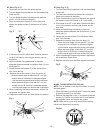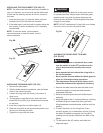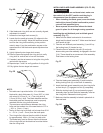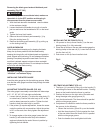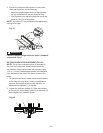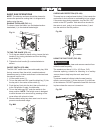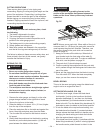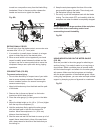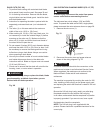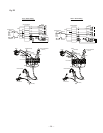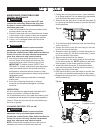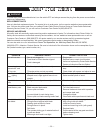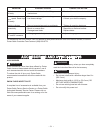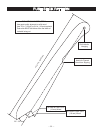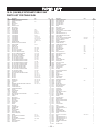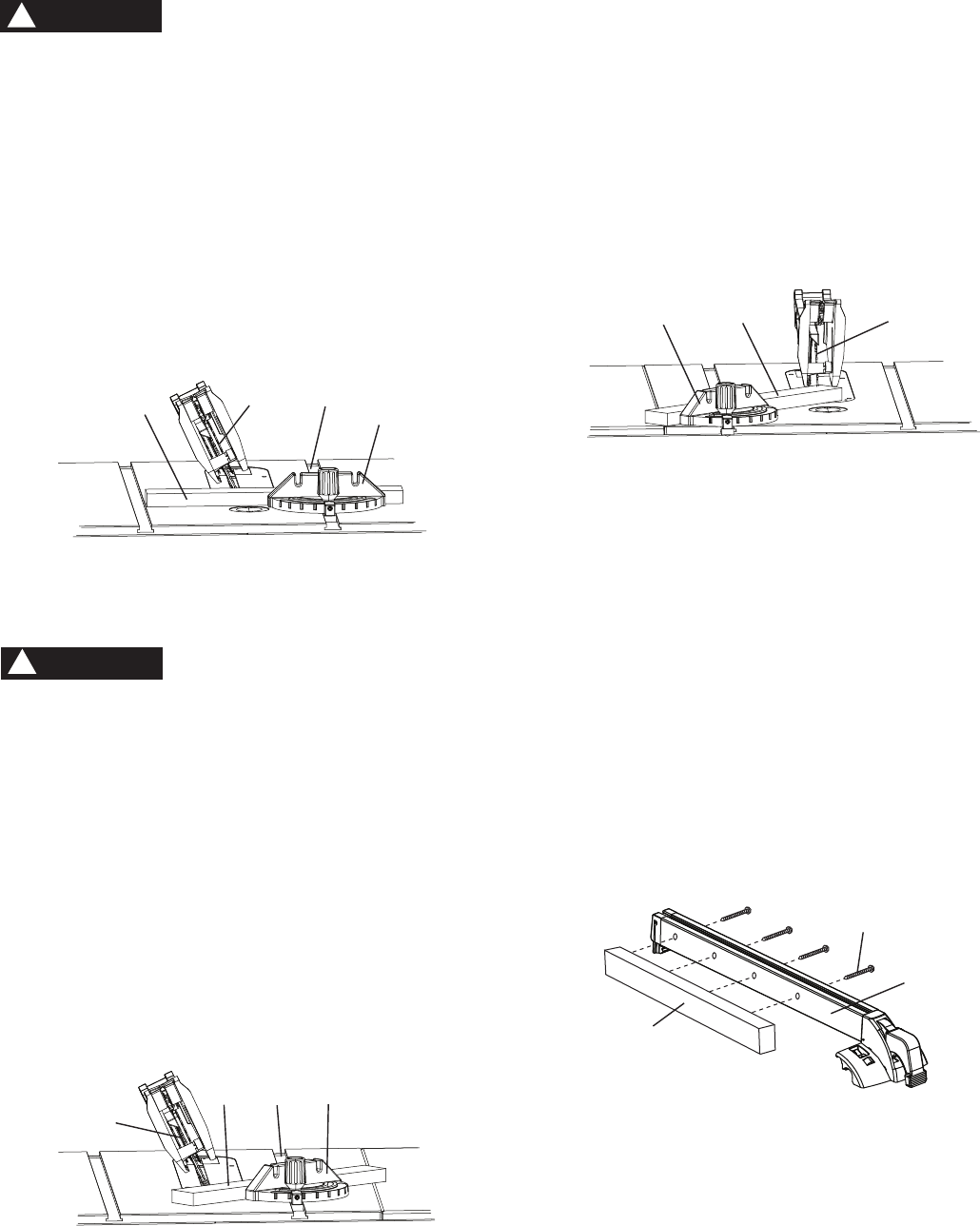
– 26 –
BEVEL CROSSCUTTING (FIG. TT)
This cutting operation is the same as crosscutting
except the blade is at bevel angle other than 0°.
Always work to the right side of the blade during
this type of cut. The miter gauge (1) must be in the
right side groove (4) because the bevel angle may
cause the blade guard to interfere with the cut if
used on the left side groove.
1. Adjust the blade (3) to the desired angle, and tighten
the blade bevel lock handle.
2. Tighten miter lock handle at 90°.
3. Hold workpiece (2) firmly against the face of the miter
gauge throughout the cutting operation.
Fig. TT
COMPOUND MITER CROSSCUTTING (FIG. UU)
This sawing operation is combining a miter angle with a
bevel angle.
Always work to the right side of the blade during
this type of cut. The miter gauge (1) must be in the
right side groove (4) because the bevel angle may
cause the blade guard to interfere with the cut if
used on the left side groove.
1. Set the miter gauge to the desired angle.
2. Place the miter gauge in the right side groove of the
table.
3. Set the blade (3) bevel to the desired bevel angle
and tighten the blade bevel lock handle.
4. Hold workpiece (2) firmly against the face of the miter
gauge throughout the cutting operation.
Fig. UU
MITER CUTS (FIG. VV)
This sawing operation is the same as crosscutting
except the miter gauge is locked at an angle other
than 90°.
1. Set the blade (3) to 0° bevel angle and tighten the
blade bevel lock handle.
2. Set the miter gauge (1) at the desired miter angle
and lock in position by tightening the miter gauge
locking handle.
3. Hold the workpiece (2) firmly against the face of the
miter gauge throughout the cutting operation.
Fig. VV
USING WOOD FACING ON THE RIP FENCE
(FIG. WW)
When performing some special cutting operations, add
a wood facing (1) to either side of the rip fence (2).
1. Use a smooth straight 3/4 in. (19.1 mm) thick wood
board (1) that is as long as the rip fence.
2. Attach the wood facing to the fence with wood
screws (3) (not included) through the holes in the
fence. A wood fence should be used when ripping
material such as thin paneling to prevent the material
from catching between the bottom of the fence and
the table.
Fig. WW
WARNING
!
1
3
42
3
1
2
3
1
2
WARNING
!
1
3
4
2



